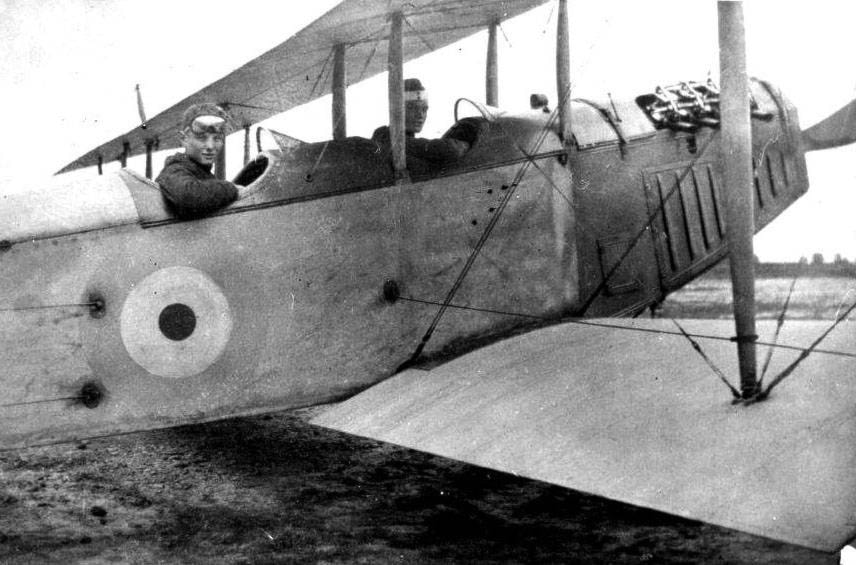Elida Peers | Contributed
On the 100th anniversary of the final days of the Great War one’s mind is drawn to the many young men from southern Vancouver Island, this patriotic outpost of the Canadian west, who felt the call to serve “King and Country.”
East Sooke’s Lionel R. Walker, son of Lady Emily Walker and Rev. Reginald Walker of Ragley, was one of those who particularly felt the call of duty. Grandson of the Marquis of Hertford, as a youngster he had planned for a naval career, but when his family emigrated from Britain to East Sooke in 1912, he left the British naval training vessel Conway.
On reaching the age of 18, halfway through the war, he began training at Work Point and received his commission as lieutenant in the 88th Regiment, Royal Fusiliers.
Our photograph, supplied to us by his sister Margaret Walker, shows Lionel in the cockpit on a training flight at Camp Borden in 1917. The plane was a two-seater biplane called a Curtiss-Jenny, manufactured by the Curtiss Aeroplane Company of Hammondsport, N.Y., and selected by Canada’s Royal Flying Corps as its training plane.
Sadly, it was in this plane that he lost his life.
A Canadian Press Despatch from Camp Borden on Aug. 11, 1917, reads: “The victim of … another airplane accident has just died in the Camp Hospital … flying at aerial gunnery practice, his plane … fell to the ground from 600 feet.”
When the first telegram arrived in East Sooke, that his plane had crashed and he was in hospital, his mother set out by CPR train, intending to nurse him at the base hospital.
The distressed mother, who had borne five children, had already lost her eldest son Seymour shortly after the family’s arrival in Canada. Her efforts, however, were to no avail and she was met in Winnipeg by the news that Lionel had not survived.
An account in a Victoria daily newspaper on Aug. 19, 1917, tells us “Remains of dead airman brought home today … Lieutenant Lionel Walker’s funeral took place with full military honours. He was buried in the cemetery of St. Mary’s Church, Metchosin.”
•••
Elida Peers is the historian of the Sooke Region Museum.
